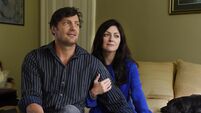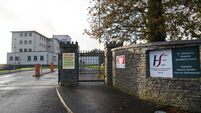Hospitals to get guidelines to cut CJD infection risk
The National Disease Surveillance Centre (NDSC) plans to publish the guidelines by the end of the year to ensure all hospitals adhere to internationally-recognised best practice.
Of seven suspected cases of CJD transmission via infected surgical instruments in the 1970s, two were confirmed. The NDSC says there have been no cases since 1976.
"Once people became aware of the potential of instruments to transmit the disease, they became a lot stricter in terms of decontamination of surgical instruments. These guidelines are designed to copper-fasten the good practice already out there, in line with best international practice," NDSC clinical microbiologist, Dr Robert Cunney said.
"At this stage it is a theoretical risk, but we have to make sure that that risk is eliminated," he said.
The risk is acute in hospitals where neurosurgery is carried out as CJD, variant CJD and other similar neurological diseases TSEs attack the brain and central nervous system.
Beaumont Hospital in Dublin and Cork University Hospital are the principal neurosurgery centres.
Dr Cunney said the number of patients with confirmed or suspected CJD needing neurosurgery is small and the WHO and Department of Health decontamination guidelines are already followed.
Under the NDSC guidelines, surgical equipment must be destroyed after high-risk operations, while in lower risk cases, stringent decontamination procedures must be followed.
Specialised surgical instruments are usually not manufactured for single use and can cost thousands of euros, Dr Cunney said.
Some 20 cases of TSE were confirmed between 1996-2001, of which 17 were the sporadic form of CJD from genetic mutation.
One variant CJD case is believed to have been caused by the victim eating infected meat in Britain. Of the two other CJD cases, one was caused by infected human growth hormone, the other a hereditary variant of CJD.













